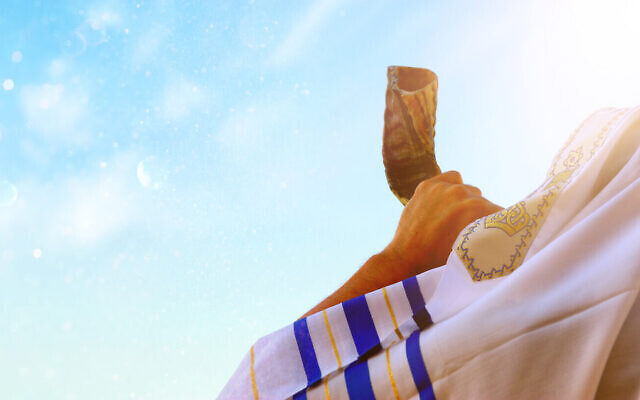The call of the shofar
What is the meaning behind the set of sounds by the Shofar?
n Rosh Hashanah, we gather in shule to crown the God King of the World. The act of coronation involves our participation, our engagement, and our acceptance. This act is repeated yearly because we forget. We are so consumed by what is happening in our lives that we completely lose track of time and what is important.
Rosh Hashanah is a reset button. By acknowledging that there is a King and Creator, we acknowledge that there’s a purpose, meaning and importance to each and every one of us. Even if we do not see it, Rosh Hashanah reminds us that we play an important part in the story – one that may only be revealed in years or even generations to come.
The shofar calls to us. What is she saying? What is the message of the distinct sounds of Tekiah, Shevarim, Teruah and Tekiah? Four distinct sounds. On the surface, the first and last ones sound the same.
I would like to suggest the following message that the shofar is teaching us:
The first set of sounds are: Tekiah, Shevarim, Teruah and Tekiah.
The Tekiah is a long sharp straight sound and functions as an alarm – wake up!
Shevarim are broken notes. Shevarim comes from the root “shavar”, meaning “broken”. These are sad and mournful notes. The shofar calls us to look at what is broken in the world, in our society, in our lives.
The Teruah, nine sharp blasts, they are a call to action – nine sharp blows. The shofar sounds like a coach pushing his players, blowing on his whistle.
The final Tekiah sound, a straight, strong and long lasting one. The issue has been resolved, fixed, improved and we are better than we were at the beginning.
The world, however, does not always work that way.
We have a second set of sounds, Tekiah, Shevarim, Tekiah.
Sometimes there is only Shevarim. We are awakened and see that there are issues in this world that we cannot fix. There are things that are broken, how should we respond to them? By sounding a Tekiah. We blow the Tekiah at the end and declare, “Although there are things that are broken within our lives, we can still move on.”
We bracket the Shevarim – the brokenness – and move on.
Then there are times in our lives when we need the creative energy of a Teruah – a call to action and change the world.
The wake-up sound of the Tekiah is followed by a Teruah – the trumpet sound – set your goals and push yourself to achieve them.
It is important to note that the Hebrew word “shofar” comes from the verb, רפשל – “Leshaper”, which means, “to improve”. The sound of the shofar pierces our hearts, and its voice and messages resonate in our soul. As a community, we certainly have experienced the Shevarim notes. But the shofar always finished with a triumphant Tekiah. We pray that this new year will be filled with Tekiyot only.
Shana Tova.
Rabbi Paul Lewin is Senior Rabbi for North Shore Synagogue and College Rabbi for Masada College in New South Wales.


comments